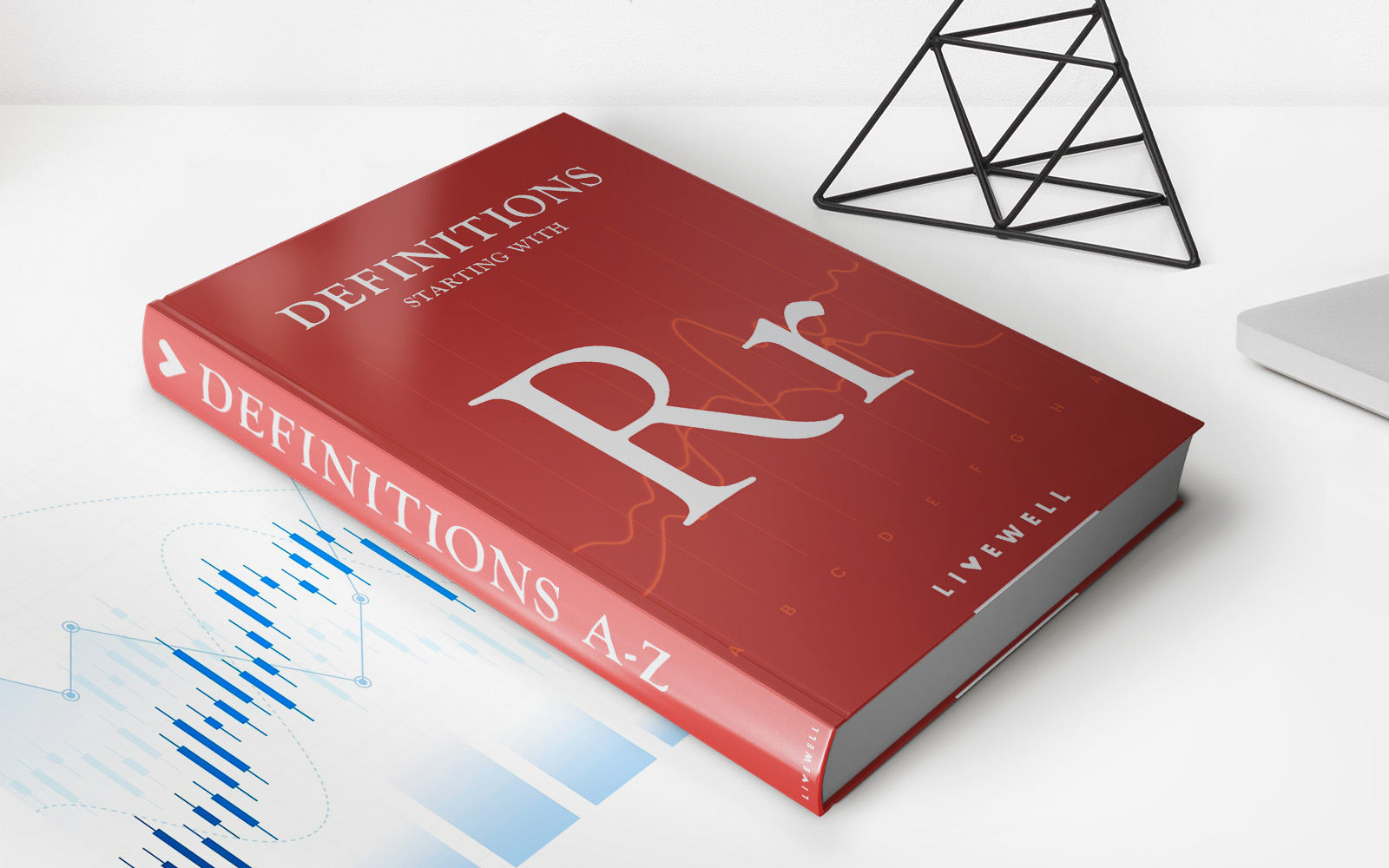

Finance
Fulcrum Fee Definition
Published: November 29, 2023
Discover the meaning of the Fulcrum Fee in finance and how it impacts investment strategies. Gain insights into this essential financial term.
(Many of the links in this article redirect to a specific reviewed product. Your purchase of these products through affiliate links helps to generate commission for LiveWell, at no extra cost. Learn more)
What is a Fulcrum Fee?
When it comes to finance, there are numerous terms and concepts that can be quite complex and overwhelming to understand. One such term that often raises eyebrows is the Fulcrum Fee. If you’ve come across this term and found yourself scratching your head in confusion, you’re not alone. In this blog post, we will demystify the concept of Fulcrum Fee and explain what it means for investors and asset managers.
Key Takeaways:
- A Fulcrum Fee is a performance-based fee structure used in the asset management industry.
- It is designed to align the interests of investors and asset managers by rewarding or penalizing managers based on their performance relative to a predetermined benchmark.
So, what exactly is a Fulcrum Fee? Simply put, a Fulcrum Fee is a performance-based fee structure used in the asset management industry. Unlike traditional fee structures where managers receive a fixed percentage of assets under management, a Fulcrum Fee is designed to align the interests of investors and asset managers more closely.
Under a Fulcrum Fee arrangement, the fee that the asset manager receives will vary depending on their performance relative to a predetermined benchmark. If the manager outperforms the benchmark, they will be rewarded with a higher fee. On the other hand, if their performance falls short of the benchmark, they may receive a lower fee or even no fee at all.
This structure motivates asset managers to strive for superior performance and allows investors to share in the upside when the manager achieves exceptional results. It also helps protect investors from paying high fees when the manager fails to meet their performance goals.
Here are a few key points to keep in mind about Fulcrum Fees:
- Alignment of Interests: Fulcrum Fees encourage asset managers to make investment decisions that align with the goals of the investors. With a performance-based fee structure, managers are incentivized to focus on generating positive returns.
- Flexibility: Fulcrum Fees can be structured in various ways, allowing for customization based on the specific needs and objectives of the investors and asset managers.
- Risk Mitigation: By linking fees to performance, Fulcrum Fee arrangements help mitigate the risk of overpaying for underperforming managers. Investors can have more confidence that the fees they pay are directly tied to the manager’s ability to deliver results.
It’s important to note that while Fulcrum Fees can be advantageous, they may not always be suitable for every investor or every investment strategy. It’s crucial to evaluate the fee structure and understand its implications before making any investment decisions.
In conclusion, a Fulcrum Fee is a performance-based fee structure used in the asset management industry to align the interests of investors and asset managers. It rewards managers for exceeding performance expectations while protecting investors from paying excessive fees when those expectations are not met. Understanding the concept of Fulcrum Fees can help investors make informed decisions and ensure their financial goals align with the strategies of their chosen asset managers.














